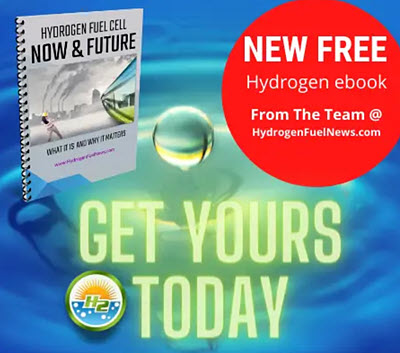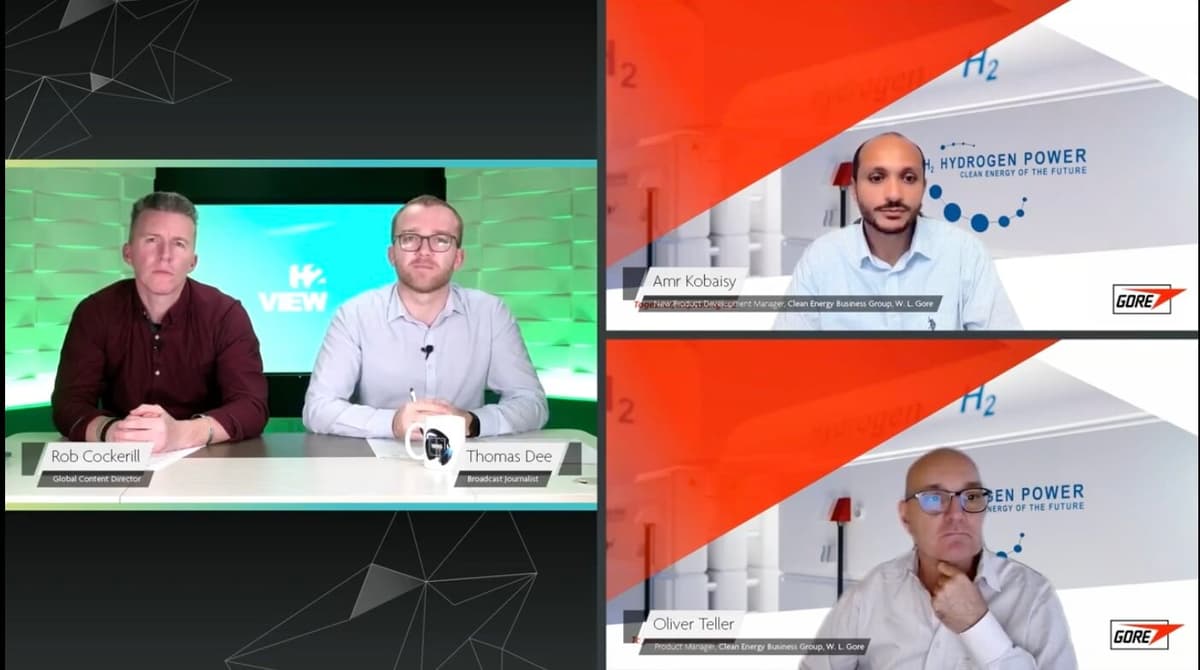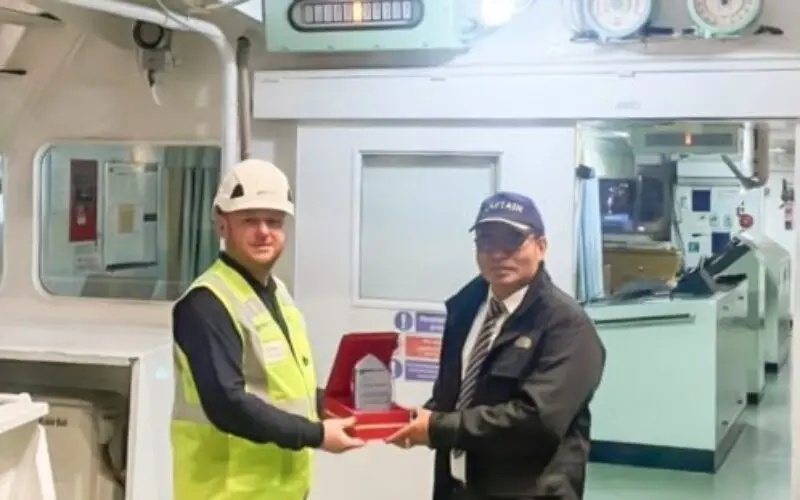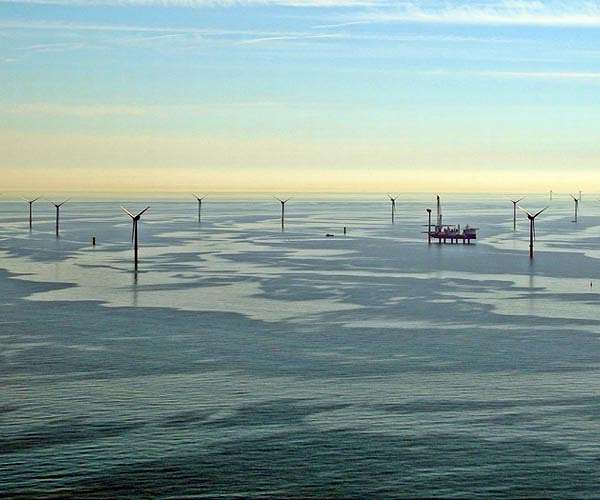
The companies have come together in an historic Memorandum of Understanding signing.
The development of hydrogen cars just got an important shot in the arm as Toyota Motor Company, Hino Motors Ltd., Daimler Truck Holding AG, and Mitsubishi Fuso Truck and Bus Corporation (MFTBC) recently signed a groundbreaking Memorandum of Understanding (MoU).
The companies will be focusing on accelerating the development of advanced technologies.
Along with placing a greater focus on pooling their resources to develop technologies such as hydrogen cars, the MoU is also a part of the merging of Hino and MFTBC. First and foremost, the collaboration’s goal is for carbon neutrality and to encourage a prosperous mobility society. It will be looking in particular at advancing Connected/Autonomous & Automated/Shared/Electric (CASE) technologies as well as the enhancement of the global commercial vehicle business.
The merge between Hino and MFTBC will occur under a new holding company. Within that holding company, each of the original businesses will have equal investment powers.
The nature of the MoU is designed to form and enhance commercial vehicle development, procurement and development. This could provide Japanese commercial vehicle manufacturing a boost in terms of global competition. Toyota and Daimler Truck will each be making equal investments into the new holding entity of the merged companies.
The companies will also work together on hydrogen cars and other CASE technology development.
By working on H2 development and that of other CASE technologies, they intend to boost the new company’s competitiveness.
Credit: Photo by depositphotos.com
Together, all four collaborators have a commitment in common of using mobility to contribute to a prosperous society. Their stated mission has a notable focus on the use of environmentally friendly vehicle technology use to enhance mobility value within the global social system.
Focusing on a greener future
 The companies will be working together on hydrogen cars, CASE technologies and other cleaner mobility advancements.
The companies will be working together on hydrogen cars, CASE technologies and other cleaner mobility advancements.
Over the next 18 months, the collaborators will be determining the specifics of their agreement, including the new holding company’s location, name, corporate structure and shareholding ratio, among other factors. They expect that their definitive agreements will be signed in the first quarter of next year and closed by the end of next year.
Ready to test your knowledge on the most abundant element in the universe? Take our fun and engaging Hydrogen Quiz now!







